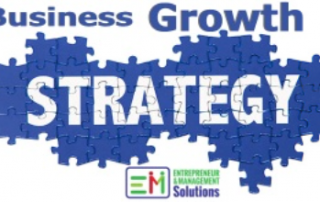When should I worry about Protection?
No this is not a blog about sex, but just as important: protection for your business idea. When do you need to start working on protecting your new product idea in order to maximise the capital return on your investment?
We start a new series today on an Intellectual property as it relates to small innovation businesses. Now, if you chat to different people you will get different opinions on what to do. Your IP lawyer will say, “File for protection for everything” – mostly because that is what they do to make a living. Your true entrepreneur will say, “First to market will save the day and beat out the competition”. Both are right, but careful consideration needs to be taken in providing a good cover and legal protection for your idea.
So let’s unpack some of the concepts:
Any new idea that will earn you money, whether it is a new product, service or just a way of doing something old in a new way is worth protecting. But not everything can be protected by law, and not everything that is protected can be enforced. So we need to tread a careful line here so that you do not end up spending millions on lawyer’s bills and end up with a bunch of papers that add no value to your business.
IP or Intellectual Property is an umbrellas term used for Patents, Trademarks, Copy write and Designs. Each has numerous categories and subcategories, each with a different process. We will unpack some of these over the next month in this series. But to start off with here are some basic rules to follow before you speak to a lawyer and spend money:
1. Is your idea unique in design or function – unlike anything else?
2. Is your idea worth protecting locally or internationally in order to make you more money?
3. Is the name you are using for your brand or product going to add value to the product in marketing and brand identification for your customers?
4. Do you have resources to pay for protection?
If the answers of any of the above questions are Yes or Maybe, then I urge you to come chat to one of our team and see if there is a case of IP for your idea. It is better to be sure than to find out later that someone has copied your idea and is now making all your money for themselves. And yes, it does happen.
But for now: do not talk to anyone, if you do, sign a Non-disclosure Agreement and keep copies of everything: designs, emails, sketches, models and related documents.
Next week, we unpack the Trademark vs. Copy write issues.



